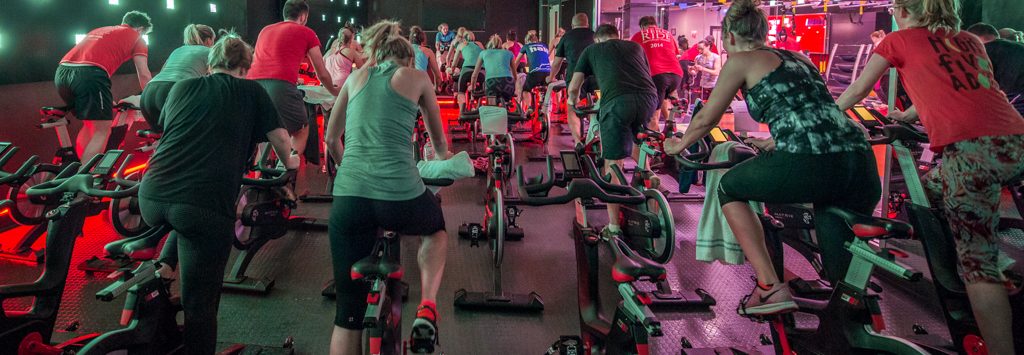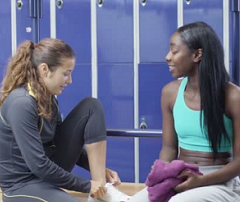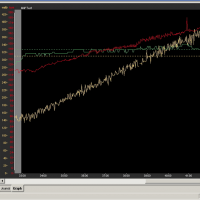Welcome to the Indoor Cycling Association
Theme Ride Thursday: Danger Ahead!
Warning, you’re about to enter the “danger zone”! We’re not talking Kenny Loggins’ danger zone either.Read more…
My Cycling Class Today: A Locker Room Conversation that Helped a Rider Avoid Knee Pain in Indoor Cycling Class
Sara overheard a woman in the locker room complaining about knee pain after cycling class and saying she might quit riding. Sara knew she had to intervene in order to help give this woman the best chance of experiencing the joys of cycling.Read more…
Moving From Apprehensive to Inspirational
This is a story about a woman who had no idea what she could accomplish. A woman who reluctantly attended her very first cycling class with me six months ago on the advice of her personal trainer. A woman who feared the bike and was one of the most hesitant riders I’ve ever seen. She is now one of the strongest female riders I have ever had the pleasure to work with. Read more…
Establishing Training Zones Using a Maximal Aerobic Power (MAP) Ramp Test
We’ve provide you with a detailed class profile for you to conduct your own MAP (maximal aerobic power) ramp test, including the protocol, the coaching, the music, and a downloadable spreadsheet which will estimate FTP and your riders’ power training zones. This is a viable alternative to the 20-minute FTP test, which requires a solid understanding and ability to pace one’s effort. Pacing isn’t an issue with this test.Read more…
How, and Why, Music Is So Important to Our Classes, Part 1
As indoor cycling instructors we know that music is important to our classes. Do you want to know how and why? New research shows us how we can best take advantage of the power of music in our indoor cycling classes.
You’ve Got Your FTP Number…Now What?
You’ve coached your riders to understand the benefits of establishing a benchmark metric known as functional threshold power, or FTP, a number around which they can set their intensity. You’ve used one of the recommended methods to determine FTP. Now what do you do? How do you provide each rider with their zones?Read more…
Theme Ride Thursday: Hey, Hey, Hey!
The word “hey” is so versatile. You can use it to express surprise or annoyance, as a greeting, and there are hundreds of really fun, energetic songs with the word in the title. Don’t believe us? Then check out this playlist!Read more…
Coaching through Tragedy
Laura’s small community is grieving over a recent tragedy. As she prepared for her Saturday ride she scoured the web to find information on how to teach grieving students. Today she shares her thought process as she prepared for her class and encourages a dialogue so that others will have information to draw upon if faced with a similar situation.Read more…
Theme Ride Thursday: Do You Believe in Magic?
Our Magic Day playlist will leave riders feeling as if they “have the magic in them” to take on the road ahead!Read more…
Ask the Expert: What’s the Benefit of Holding the Arms Out to the Side?
I was asked about riding with one arm held out to the side to ostensibly work the core. This, and all versions of one-arm riding, is one of those techniques I call #FakeMoves. Yup, that’s a new hashtag I want you all to start using when the technique is nothing but fluff and has no benefit! Read more…











